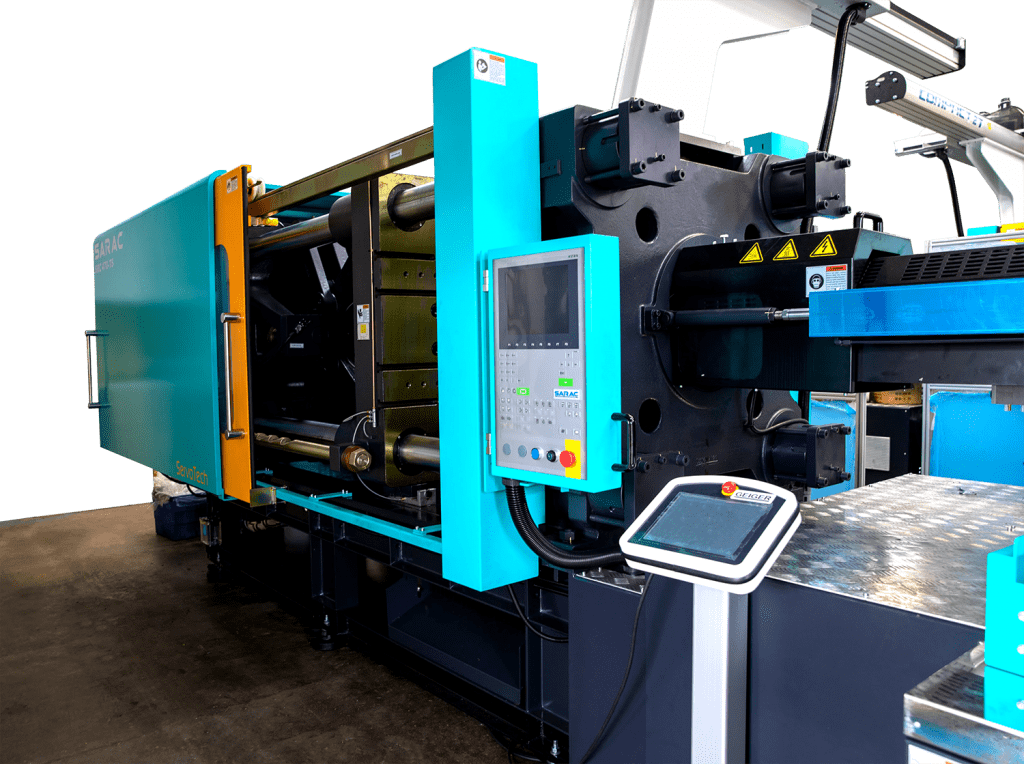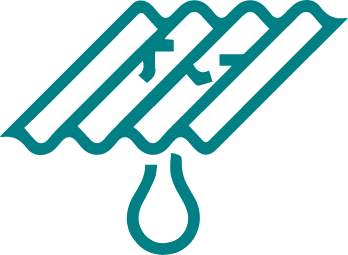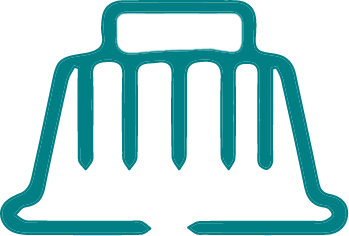CNC Machining
Are you looking for a dependable source of machined plastic and metal components that can be delivered quickly? As a leading CNC machining supplier, Stephens Plastic Mouldings provides unrivalled in-house capacity, which includes hundreds of CNC machines, ensuring that your parts are shipped on time, every time. Our CNC machining facilities at Stephens Injection Moudling are intended for rapid prototyping as well as low-volume production of end-use components.
Our CNC machining facilities are designed for rapid prototyping as well as low-volume production of end-use components. As an experienced CNC machining company, we deliver precision and efficiency for even the most complex projects.
What Are CNC Machining Services?
Machining is a high-tech manufacturing process that employs pre-programmed computer software to direct the movement of factory machines. Computer Numerical Control is the acronym’s full name.
The cutting process is sped up as a result of this. It also allows even the most difficult three-dimensional tasks to be completed with only one set of computer prompts.
CNC machining can accommodate a wide range of tools, including milling and laser machines, as well as grinders, routers, lathes, and welders.

With quick-turn components, you can easily iterate part designs and speed up product development. Before your design is sent to the factory floor, our automated design analysis will help you spot any difficult-to-machine features, saving you money on expensive reworks later in the product development cycle.
In terms of speed, CNC machines outperform manual controls by a factor of ten. Live operators used to be allowed to use a variety of tools, such as levers, wheels, and buttons, to prompt and guide machining tools.
This is a time-consuming and labor-intensive process. It's also vulnerable to human error, which puts the operators at risk.
Upon activation of the system, a developer can programme special cuts into the software based on the desired outcome.
The system will then issue those commands to the equipment in question. CNC machining, in this sense, is a type of robotics powered by machine learning.
CNC protocols now allow for a mostly automated parts production process. Programmers use CAD software to define particular part dimensions, which then interacts with Computer-Aided Manufacturing software, or CAM, to create the final product.
Multiple tools, such as cutters and drillers, may be used depending on the piece. In order to achieve this, most modern machines can perform various functions within a single cell.
Other systems may rely on a more complicated setup involving several different machines and robotic hands to handle the parts transfer. Even in the latter case, everything is still controlled by a single programme.
Both methods allow for a repeatable and precise parts manufacturing process that is nearly impossible to duplicate using manual methods.
We’d Love to Hear From You, Get In Touch With Us!
Please contact us if you would like to receive a quotation and/or to find our more about how we can provide the service you are looking for.




